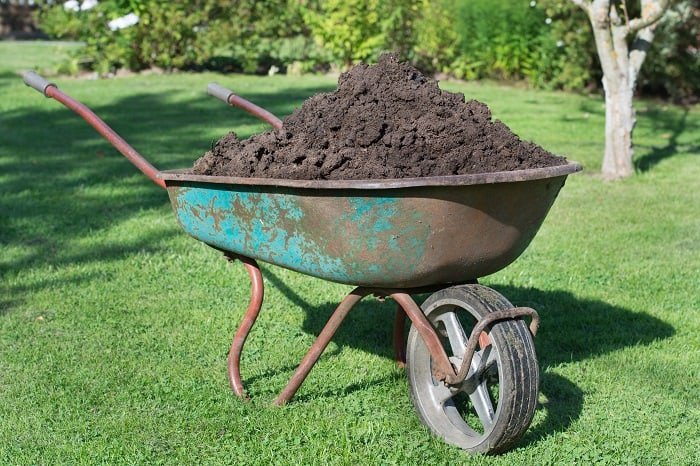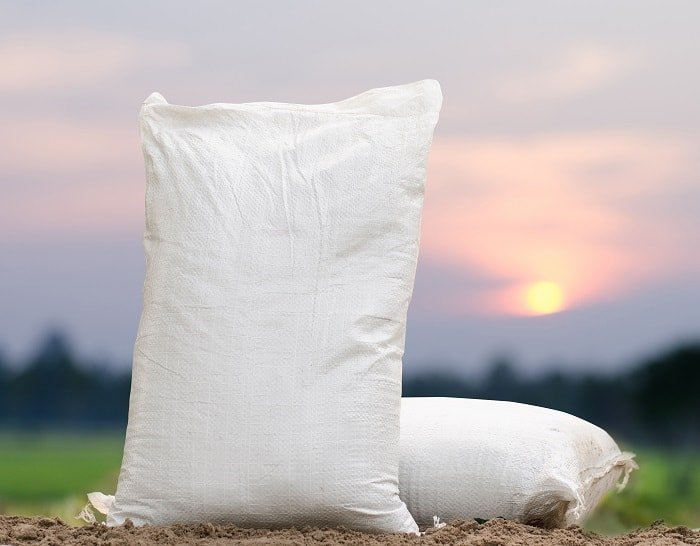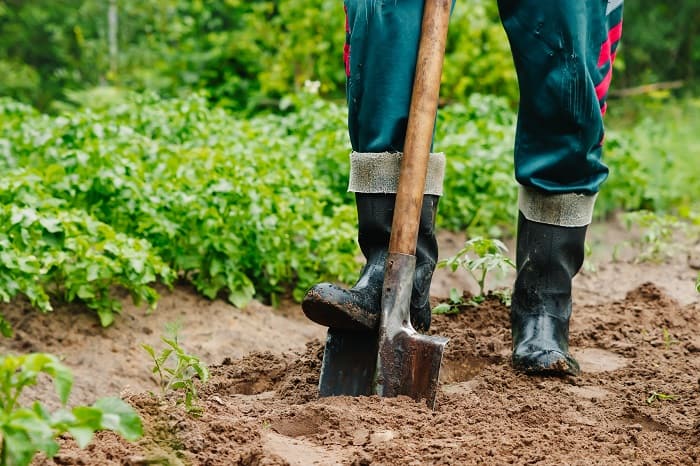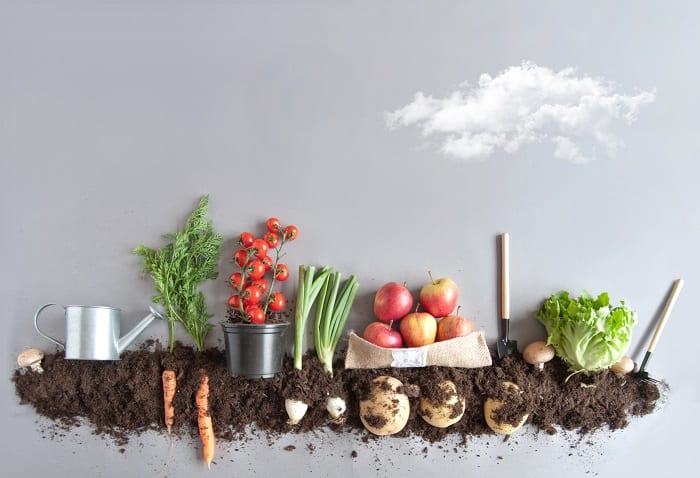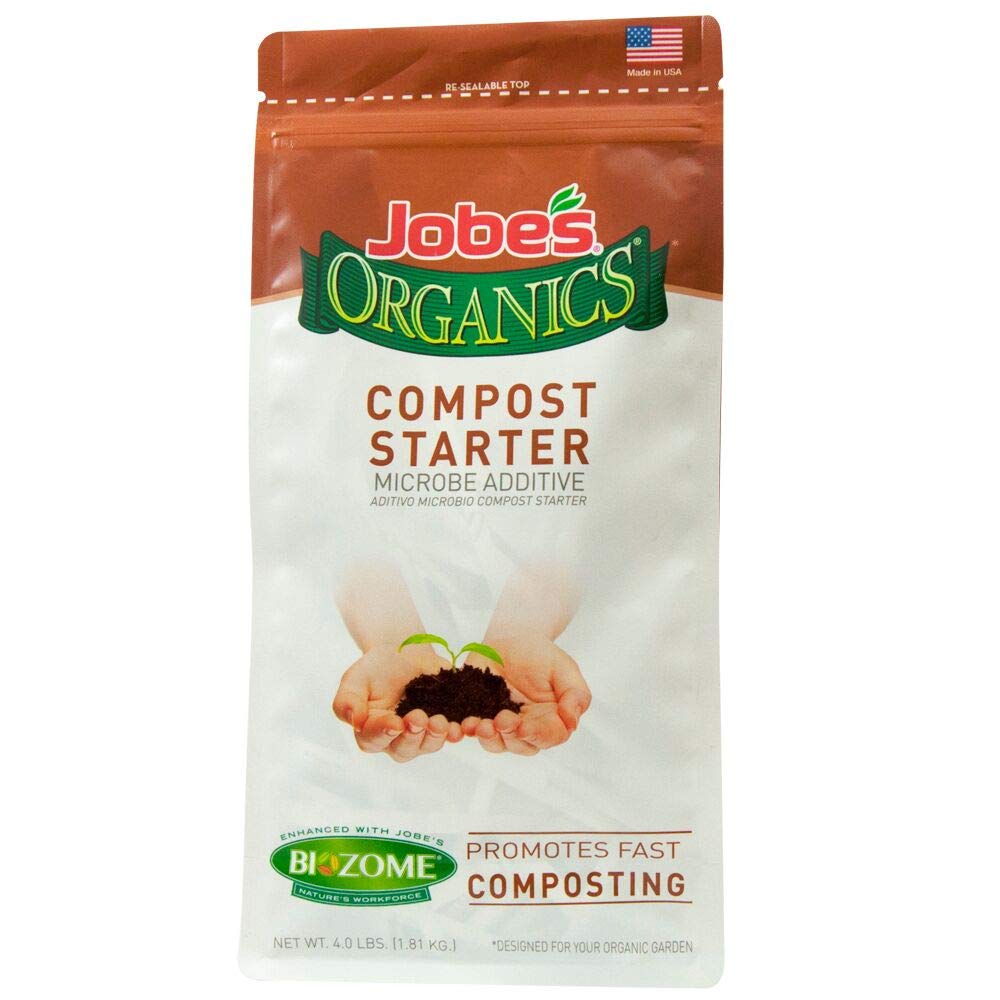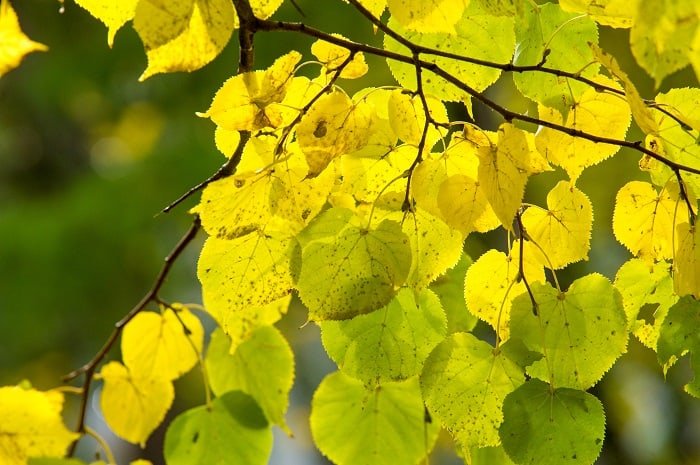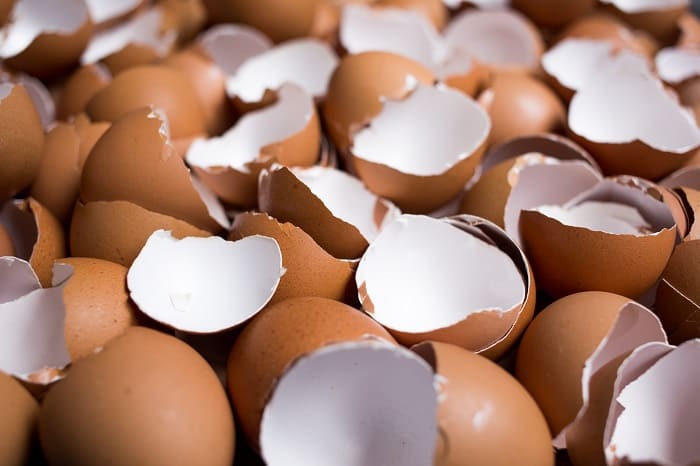Adding compost to your lawn helps support your soil’s conditions. It is designed for anyone who wants to support the health of their lawn or garden in an eco-friendly way.
Compost is beneficial, but what exactly is it? In simple terms, compost is an organic matter that has decayed, and this includes rotten vegetables, old leaves, fruit peels, and leftover food or grass clippings. The decayed organic matter helps amend the soil and add organisms that are beneficial to it.
Being a natural supporter of a healthy environment, adding compost to my lawn is only a logical choice. In order to manage lawns, a lot of activity such as mowing and raking takes place. Because of this, the soil compacts and this depletes bacteria, organisms, and fungi. These organisms are essential in feeding and supporting the plant. I also kept asking myself how much compost do I need for my lawn and this lead me to do research.
How Much Compost Do You Need?
To determine the number of cubic yards of compost to apply on your lawn, you need to use a compost calculator as seen in this video. Simply enter the dimension of the area and the desired depth to determine the amount of compost you need.
Begin by working out the size of the area that you need to spread the compost in square inches. After that, calculate how many cubic inches of compost is required by multiplying the size of the area by the required depth. This is important since different uses need varying depths of compost.
The general rule is to apply a depth of ¼ to ½ inch when applying compost on existing lawn and 1 to 2 inches depth when amending the soil. If you are applying compost to flower or vegetable gardens, use 1 to 3 inches and ¼ to ½ inch if you are using it as mulch.
Once you have this figure, convert it in cubic yards. Since a cubic yard has 46,646 cubic inches, divide your answer with this figure in order to determine how much cubic yards of compost you will need. Compost is usually sold in cubic yards.
For instance, if you are planning to apply 4-inches depth of compost to a 20ft x 20ft area, you can calculate the cubic yard of compost through these steps:
Step 1: Determine the Area in Square Inches that you Need to Cover
Since 20ft is equivalent to 240 inches, that would mean that 240 inches multiplied by 240 inches is equivalent to 57,600 square inches.
Step 2: Multiply the size of the area by depth to get the cubic inches of compost needed
Using the same figures, you multiply 57,600 square inches by 4 to get 230,400 cubic inches.
Step 3: Convert the result to cubic yards by dividing it by 46,656
After that, you then divide 230,400 cubic inches by 46,656. This will give you a result of 4.94 cubic yards of compost.
In this case, you will need to order 5 cubic yards of compost to apply to your lawn.
If you are having a difficult time establishing how much compost you need, Rodale encyclopedia would be a good place to start. Rodale’s Encyclopedia suggests that you make your order based on the average amount per square foot. For instance, 1000 square feet of lawn would need 200 pounds of compost.
Why Use Compost?
Now that you know how much compost you need for your lawn, it’s time to talk about its benefits which are as follows:
-
Acts as a Natural Organic Fertilizer
If you don’t have enough money to buy fertilizer, compost is a good alternative. Compost acts as an organic fertilizer to help improve soil aeration and retain nutrients like nitrogen, potassium, and phosphorous. Instead of throwing organic waste like food scraps in the trash bin, I usually save them in my compost bin and use them to make compost for my lawn.
-
Prevents Soil Compaction
Lawns are likely to be compacted due to mowing, foot traffic, vehicle traffic, and many more. This makes it hard for plants and grass to thrive. When compost is added, it breaks down the soil to create a favorable environment for grassroots to bloom.
-
Supports the Environment
One of the natural ways that most gardeners use to care for their lawn is by adding compost. A good compost pile comprises of food scraps, plant materials, and green plant materials. All these ingredients contribute to giving you a healthy garden.
Also, adding compost to your lawn before the winter season is very important as it will provide your soil with adequate energy to help endure the cold season.
-
Maintains Microorganisms
Microorganisms are extremely beneficial for soil health and plant growth. Compost is packed with microorganisms like bacteria and fungi which fix nitrogen in the soil and provide nutrients for the plants. It also sustains these beneficial microorganisms by feeding them.
Applying Compost
After knowing how much compost you need, then you should buy enough to cover your entire lawn. Make sure to use an aerating tool to aerate the surface. Aeration helps speed up decomposition and reduces odors. For this process, you can use a shovel or pitchfork to lift and turn the contents over.
After aerating, spread the compost manually using a shovel. For my lawn, I prefer adding compost on the perimeter first then scatter the rest on the lawn. If your lawn is large, I recommend using a topdressing machine. You can get it from organic lawn care companies. However, if your lawn is small, you should use a foot press to do the work.
Compost topdressing is done to revitalize your existing lawn and involves spreading ¼ inch of compost. For a new lawn, ¼ inch of compost applied as top dressing will help maintain the soil’s moisture. Keep in mind, however, that topdressing is only effective when the soil is first aerated before applying compost.
FAQ’s
How much compost do I need for top dressing lawn?
In a typical yard, about 4-5 inches of compost should be spread out on the lawn and left to sit for about a month. This will give it time to settle in and break down, then you can rake it into the lawn. If your yard is very sandy, you may want to add more compost.
Will grass grow in just compost?
It is possible to grow grass in compost. It takes some experimentation, but the key is to keep the compost moist. The best method is to mix some soil with compost and then water it down until the compost becomes wet. You can also use a sprinkler to water the mix. After a few weeks, you can cut back on watering and let the grass grow.
Can you use too much compost?
Composting is one of the most effective ways to reduce waste and save money, but you might think that there’s a limit to how much compost you can make. While it’s possible to have too much compost, it’s not as simple as piling up your compost bin and hoping for the best.
It depends on what kind of compost you’re making, but the basic rule is: The more materials you add to your compost, the faster it will break down. This means that if you add less than three cubic metres of compostable material to your bin per year, you’ll need to increase the amount of time you wait before adding any new material. For example, if you wait six months between additions, then you can add five cubic metres of material. If you wait eight months, then you can add seven cubic metres.
How do I spread compost to my lawn?
If you are a gardener, then you already know that it is important to have a well-balanced garden with healthy soil. Having the right amount of organic matter in your soil will help to support plants and keep your soil healthy. Organic matter helps to maintain moisture levels and nutrient content in your soil. One way to add organic matter to your soil is by spreading compost around the base of your plants.
You can use a spreader. What is a spreader? A spreader is a tool used to distribute compost, fertilizers and other soil amendments around the base of your plants. They are usually made from stainless steel or plastic with a large capacity, so you can spread large amounts of compost or other soil amendments on your garden beds. Stainless steel spreaders are heavy duty tools that can be used to spread a wide variety of materials. Stainless steel spreaders can withstand a lot of wear and tear and will last for many years. They can be used to spread mulch, fertilizer, compost, soil amendments, and more. Some models also have wheels that make it easy to move them around your garden. Plastic spreaders are lighter than stainless steel spreaders and are easier to maneuver around your garden.
Conclusion
Compost is a soil enhancer that will rejuvenate your lawn and promote healthy plant growth. Before adding compost to your lawn, we recommend doing a soil test in order to understand your soil’s PH. This will give you an idea of how you need to correct any problems with the soil pH. If your soil pH is low, adding compost will correct it to the right PH.
Do you have any questions with regard to applying the right amount of compost for your lawn? Kindly leave a comment below, and we’ll make sure to answer it as soon as possible.
